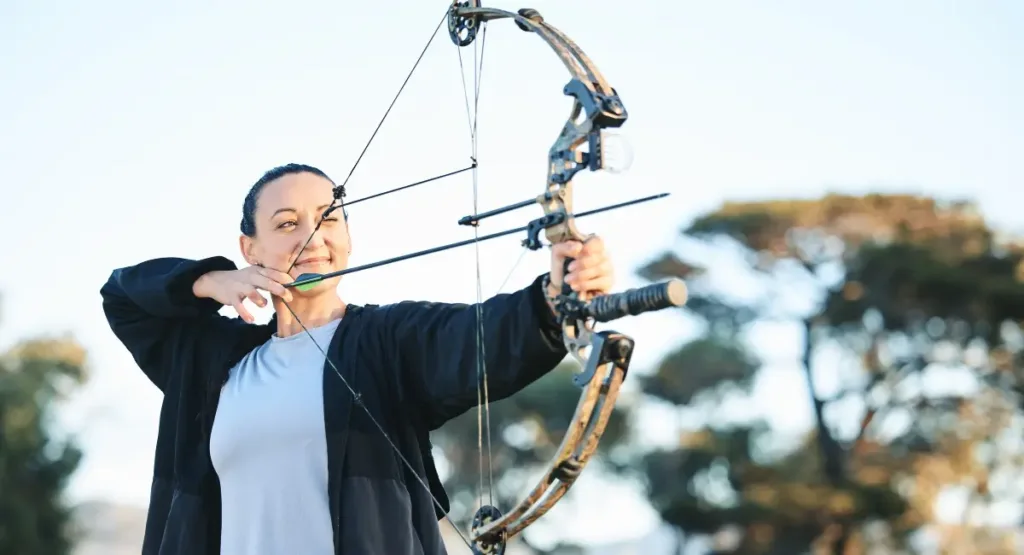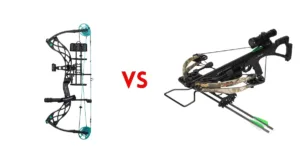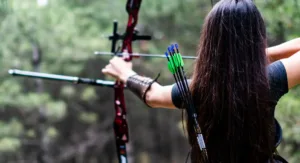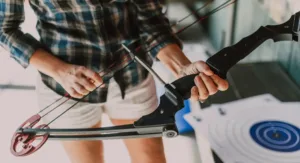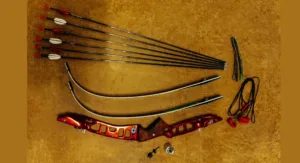There are many things to like about archery, especially the world of modern compound bows rich with tradition, innovation, and variety. It is essential to remember that these sophisticated pieces of equipment are much more than mere tools; they are a fusion of art, science, and history, tailored to meet many activities and preferences.
To become a successful archer, novices and seasoned archers must understand the different types of compound bows. The following guide will provide information on selecting the best compound bow for your specific requirements. As a result, you will be able to make a decision that will enhance your shooting experience to the fullest extent possible.
Four Types of Compound Bows: Exploring the Landscape
It is essential to realize that the market for compound bows presents a variety of designs, each with its characteristics and intended purposes. Take a look at this in more detail.
Single Cam Compound Bow: The Essence of Simplicity
Compound bows like the Solo Cam and Single Cam are distinguished by their simplicity and ease of use, which makes them extremely popular. The traditional bow and arrow is an example of a model that utilizes a single cam at the bottom of the bow, which derives from the traditional bow and arrow.
This device’s lightweight and noiseless operation can be attributed to this feature. Even though it does not have the fastest speed, its accurate and smooth characteristics make it an excellent choice for those who prioritize precision over speed. There are, however, some drawbacks to its user-friendly nature, including a steeper learning curve and a lower power output than other models.
Double Cam Compound Bow: The Power Player
In contrast to the Single Cam bow, the Double Cam bow introduces an additional cam, making it more powerful and faster. Speed is a significant factor in this design, so it appeals mainly to shooters who value speed. Despite this performance boost, there are several potential challenges, such as accuracy issues and the need for meticulous synchronization to keep performance high.
Hybrid Compound Bow: The Versatile Hunter
This hybrid compound bow is an excellent choice for hunters, as it blends speed, precision, and ease of use to offer hunters the ultimate hunting experience. This design incorporates single-cam and double-cam features, combining the best of both worlds. In this way, we can create a powerful yet lightweight bow, which is also easier to maintain than its Double Cam counterparts. Despite its small size, it supports synchronization for a long time, making it an ideal companion for a hike in the wilderness.
Binary Cam Compound Bow: The Technological Marvel
Among the most innovative compound bows available, the Binary Cam model is at the pinnacle of innovation. A unique feature of this advanced setup is the presence of two cams that operate independently of the bow’s limbs, ensuring stability and removing imbalances within the bow. For this reason, compound bows are set apart from other types of compound bows by their unparalleled precision and speed. For this reason, it is essential to have your system regularly maintained by a skilled technician to prevent potential issues.
Compound bow advantages
There is no doubt that the modern compound bow is a masterpiece of engineering, offering significant advantages over traditional bows. As a result of its mechanical design, including cams and adjustable components, the gun allows for improved energy storage, resulting in powerful shots without the need for excessive exertion. Additional factors contribute to its stability and lightness, such as the use of aluminum alloy and carbon fibers in the construction. There is no question that there are different types of compound bows, from military training to recreational archery, emphasizing their safety and ease of use.
How to Make the Right Choice: Factors to Consider
Compound bows have several advantages over other types of compound bows, so it’s essential to consider several factors when choosing one. An important factor is the bow’s weight, draw length, intended use, the design of the limbs, and the overall performance. In addition to accuracy, noise level, and adaptability to different types of arrows, other factors are also crucial. By understanding these elements, you will find a bow that aligns with your specific needs and preferences and is appropriate for you.
An End Note: A Personal Journey
Compound bows are individual products chosen based on your preferences and requirements. The process of selecting the right one will be a personal one. This article provides a comprehensive overview of the different types of compound bows available, but it is ultimately up to you to make the final decision.
It is important to remember that even though compound bows are incredible tools for sports and recreation, they should always be treated with care and respect while in use. These archery equipment represent a combination of technological advancements and cultural heritage, carrying the legacy of archery forward into the modern era. By doing this, we can connect the past with the present.
Whether you are a beginner or a seasoned archer, understanding the different types of compound bows and their specific features is crucial to making the right choice, regardless of whether you are an experienced or novice archer. The best bow for your archery experience can be chosen by considering your needs to pick one that enhances your performance and brings joy and fulfillment to your archery journey.
Frequently Asked Questions (FAQs)
What is a compound bow?
Compound bows use levering systems, typically cams and pulleys, to assist the archer in holding a heavy draw weight at full draw. As a result, the bow is more energy-efficient and more accessible to shoot accurately.
What are the main types of compound bows?
The main types of compound bows include Single Cam compound bows, Double Cam compound bows, Hybrid compound bows, and Binary Cam compound bows, each offering its own set of benefits regarding simplicity, speed, accuracy, and maintenance.
Why choose a compound bow over a traditional bow?
The power and accuracy of compound bows are generally far more significant than traditional bows. There is also the advantage of “let-off” offered by these bows, which allows archers to hold the bow at full draw with less effort, thus improving their aim and comfort while arching.
Can beginners use compound bows?
Yes, beginners are allowed to use compound bows, but they may find single-cam or hybrid models more straightforward to use due to the simplicity of their mechanics and ease of maintenance.
How do I maintain my compound bow?
Several things require regular maintenance for the bow, including checking and adjusting its limbs, strings, and cams to ensure all parts are in proper condition and aligned. Additionally, it is essential to keep moving parts lubricated and replace worn-out components regularly.
If you take the time to understand the different types of compound bows and consider your personal needs and preferences, you can select the perfect bow for your archery adventures. It doesn’t matter whether you are a seasoned archer or new to the sport; a compound bow can enhance your shooting experience and assist you in achieving your desired level of performance.
Recent Posts
- The Ultimate Guide To Choosing Between Compound Bow vs Crossbow
- How To Carry A Bow – Tips & Techniques For Archers
- Ultimate Guide To Installing Compound Bow Arrow Rest
- The Ultimate Guide To The Best Archery Brands Of Compound Bows
- How To Utilize Recurve Bow Sights: A Comprehensive Guide
- The Archer’s Craft: Understanding Parts Of Recurve Bow

